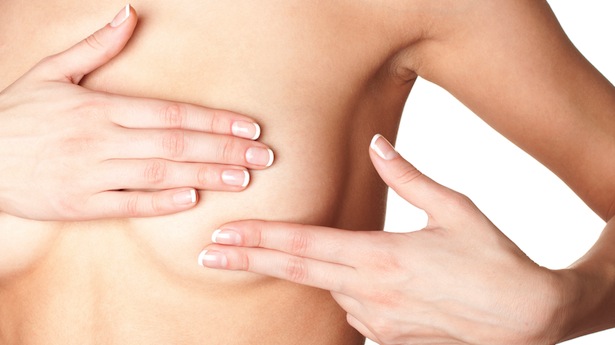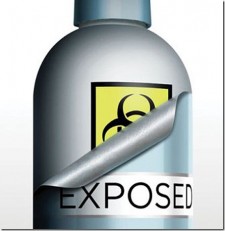 In 2012, more than 220,000 women have been diagnosed with an invasive form of breast cancer within the United States. Currently, breast cancer is the most common form of cancer among women and is the second leading cause of cancer death for females. While specific causes for breast cancer in women remain unclear, there are a number of presumed environmental carcinogenic factors that when combined with genetic predisposition may heighten some women’s risks for breast cancer.
In 2012, more than 220,000 women have been diagnosed with an invasive form of breast cancer within the United States. Currently, breast cancer is the most common form of cancer among women and is the second leading cause of cancer death for females. While specific causes for breast cancer in women remain unclear, there are a number of presumed environmental carcinogenic factors that when combined with genetic predisposition may heighten some women’s risks for breast cancer.
In recent years, a strong link between parabens and the incidence of breast cancer in women was found. In a 2004 study by the National Cancer Institute, 18 out of 20 women with breast cancer had parabens detected in their breast tissue and biopsied tumor samples. In fact, 99 percent of the tissue samples taken from patients with breast cancer had at least one type of paraben present. Other breast cancer tissue samples showed presence of up to five different paraben types.
Parabens, a type of chemical used as a preservative in cosmetic and pharmaceutical products, are commonly found in toiletry items such as shampoos, soaps, deodorants, shaving gels, and makeup. As an additive, parabens are able to extend a product’s shelf life and stability significantly. While parabens occur naturally in some plant sources, commercially used parabens are usually synthetically produced, a process that alters their chemical composition.
Roll-on underarm deodorants are believed to be contributing factors to paraben levels detected in the body. By reducing perspiration, deodorants may prevent lymph nodes in the armpits from clearing certain toxins from within the body, causing them to become entrapped. However, the liver and kidneys share a much greater role in toxin removal than the lymph nodes, making it unlikely that a change in perspiration rate would result in increased toxicity within the body.
Parabens contain properties that mimic estrogen, the molecules responsible for stimulating the development of female characteristics, and may be correlated to increased breast cancer risk. As a molecule, estrogen travels to target body tissues, such as those found in the breast and uterus, and interacts with tissue cells. Estrogen is also involved in the cell proliferation process, which promotes cell growth and division. When cell proliferation goes awry, abnormal cell growth in breast tissue may occur. Abnormal cells, in turn, tend to divide at a more rapid rate than normal, healthy cells, forming a tumor with the ability to metastasize to surrounding tissues and organs. High levels of estrogen within the female body have been associated with a higher risk of breast cancer. Some estrogens have also been shown to accelerate the growth of an existing tumor. However, the estrogenic activity of parabens has been found to be rather weak when contrasted with the body’s naturally occurring hormone levels. Further, it is still unknown if the estrogen-like effects resulting from exposure to parabens are strong enough to cause cancerous cell mutations in breast tissue.
A curious discovery, at the same time, was that parabens were detected in breast tissue of women who claimed they had never used certain pharmaceuticals or cosmetics that contained the preservative. Presence of parabens was also detected in patient urine samples, regardless of previous exposure. The high rate at which parabens were discovered within the human body may point to an external source that exposes the body to paraben properties. Conversely, studies examining cancerous breast tissue for the presence of parabens never tested samples of healthy breast tissue in comparison. Therefore, it is difficult to know if parabens are truly only present in most breast cancer cases or whether the chemical also shows up in normal breast tissue and other organs.
While there is currently insufficient scientific evidence that parabens present in the breast tissue of cancer patients may be a cause of breast cancer, the consistent presence of this chemical does suggest a significant correlation. Further studies are needed to determine precisely what role the chemical may play in the eventual development of breast cancer in certain individuals. Since a direct causal link has not been established, it may be best to take a preventative approach when shopping for products known to contain parabens. Before purchasing personal care and pharmaceutical products, it is important to thoroughly read all labels and determine precisely what types of ingredients are included in each product. Many cosmetic and personal care products now contain labels that specifically indicate that the product is paraben-free.




